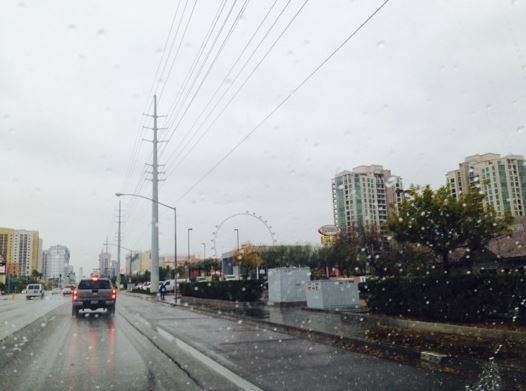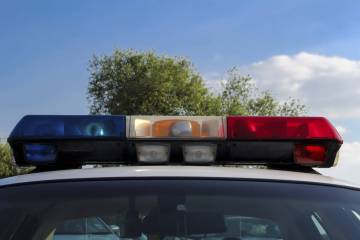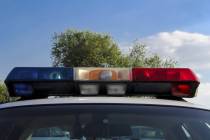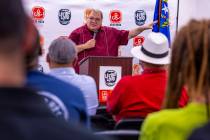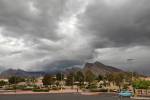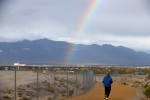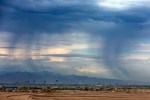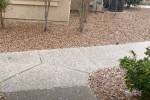Multi-day rain and snow caused power outages, accidents
About 475 Mount Charleston residents were left without power in 30-degree weather after a heavy snowfall from last week’s storm.
The storm system moved into the Las Vegas Valley Thursday, dumping rain on the valley and snow on the mountains for three days.
An avalanche warning issued by the Las Vegas Ski & Snowboard Resort was echoed in an alert by the National Weather Service Saturday.
Twenty inches of wet, heavy snow fell on Mount Charleston’s high canyons and around the ski resort, creating an unstable snow layer, weather service officials said. The avalanche threat will remain high for the first half of the week.
Winter sports enthusiasts and hikers should avoid areas below the avalanche terrain.
“For the next couple days, you’ll want to avoid the back roads and stick to marked trails,” said meteorologist Ryan Metzger with the National Weather Service’s office in Las Vegas
Mountain roads were clear Sunday, but travelers should continue to be wary of ice, according to Nevada Highway Patrol.
The storm system brought a record low temperature to the valley Friday, which marked the first time since January that temperatures reached below 50 degrees. Friday and Saturday were the cloudiest days since 2010, Metzger said.
At McCarran International Airport 1.37 inches of rain were recorded from Thursday to Sunday morning during the storm.
“Pretty much half of the rain for the year so far has happened in the last four days,” he said.
This week’s rainfall makes up 47 percent of the total rain for the year. So far, this month is the sixth-wettest November since the weather service began keeping records in 1937.
The rain wreaked havoc on the city’s streets, with 385 “wrecks” reported to Nevada Highway Patrol during the storm, spokesman Jeremie Elliott said.
Las Vegas police spokesman Laura Meltzer said not all traffic accidents were caused by the rain. But there’s definitely an increase. During a five-hour period Thursday, 112 accidents were reported, she said.
She said posted speed limits are meant for optimal driving conditions. Southern Nevada roadways are like ice when they are slick with rain, and drivers should slow down and leave extra space between other cars when the weather is bad.
“As soon as the rain starts, almost every call is an accident,” Meltzer said. “It’s almost like there’s no behavior modification. That’s why these accidents happen.”



